Music Production Knowledge Backlog
Here you can find my latest published content. Use the Search!
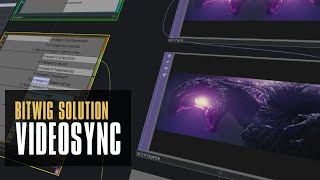
Oct 17, 2023 Tutorial
In this video, I demonstrate how to synchronize Bitwig Studio with a video file using Touch Designer. Although Bitwig Studio doesn't have a built-in video track, Touch Designer provides a solution by communicating over OSC. By connecting the transport position seconds parameter in Bitwig Studio with the video file in Touch Designer, you can achieve seamless synchronization between the two.
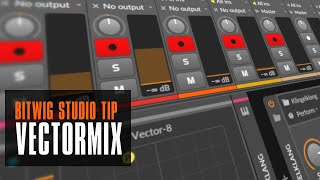
Oct 16, 2023 Tutorial
In this video, I share a useful trick in Bitwig Studio for creating evolving sounds. I remind myself to use the XY Instrument container which allows me to load multiple instruments and fade between them. This technique can be applied to various types of sounds and offers a lot of flexibility in terms of modulating and manipulating the fades.
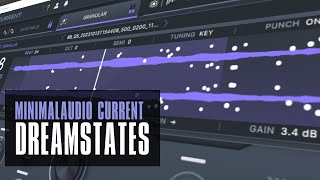
Oct 13, 2023 Tutorial
In this video, I discuss my thoughts on the granular engine in the synth and how I miss having a record button. I demonstrate how I use my vocals recorded in a DAW to create a pad sound, adjusting the pitch and experimenting with various settings. I also showcase the use of wave tables, a morphing filter, LFOs, and effects like reverb and delay to create a textured and evolving sound.
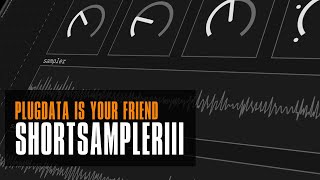
Oct 12, 2023 Tutorial
In this video, I demonstrated how to make improvements to our small plug data sampler. I showed how to utilize symbols and send/receive objects to simplify the patch, as well as addressed bugs and added a solution to the clicking problem when writing and reading from the same array. Additionally, I explained how to convert the length of the buffer from seconds to milliseconds and sync it with the host's BPM using the playhead object.
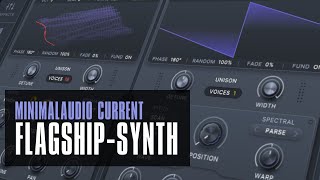
Oct 11, 2023 Tutorial
In this video, I introduce a new plugin called Current by Minimal Audio which combines various features that musicians love. The plugin includes wavetable oscillators, a granular engine, sub oscillator with harmonics, a sampler, and a range of filters. Additionally, the plugin offers modulation sources, keyboard controls, macro controls, and an impressive effect section.
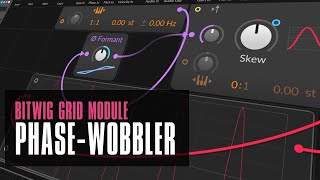
Oct 10, 2023 Tutorial
In today's video, I explain the Formant module in Bitwig Studio. The module amplifies the incoming signal around 0.5, allowing for modifications to waveforms. It can be used to create wobble bass sounds, shape waveforms, and add vocal qualities to signals.
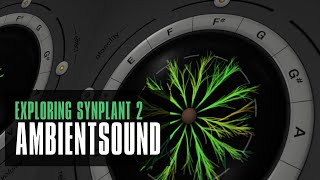
Oct 09, 2023 Tutorial
In this video, I demonstrate my process for creating ambient sounds and tracks using the Synplant synthesizer. I start by exploring different sounds and using the randomize feature to find new ones. I then adjust the envelopes and effects, and also incorporate Supermassive and Paul Stretch for added texture and ambiance.
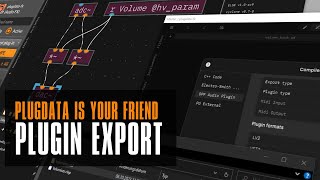
Oct 06, 2023 Tutorial
In this video, I introduce the latest version (0.8) of Plug Data, a tool for creating VST and CLAP plugins from Pure Data patches. I demonstrate how to export a Pure Data patch as a VST plugin using the new feature in version 0.8. Although GUI elements cannot be exported with the plugin, this method offers a straightforward and free way to create native plugins using Pure Data.
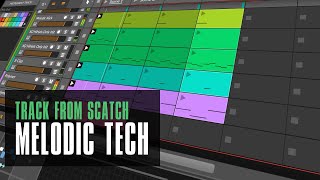
Oct 05, 2023 Tutorial
In today's video, I show you how to create a music track in Bitwig Studio. I start off by using various modules and sequencers to generate a melodic sequence. Then, I add convolution and delay effects to create depth and ambiance. Finally, I layer in drums and bass, apply sidechain and modulation, and add some additional melodies to complete the track.
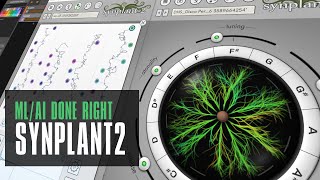
Oct 04, 2023 Tutorial
In my latest video, I discuss SynPlant 2, a groundbreaking synthesizer with the new GenoPatch feature that uses machine learning to create FM patches from samples. This feature allows users to generate multiple FM patches from a single sample, with options to adjust tuning, volume, and grow out different sound variations. I believe this is a game-changing innovation in the world of synthesizers and hope to see other synths incorporate similar features in the future.
previous | next









